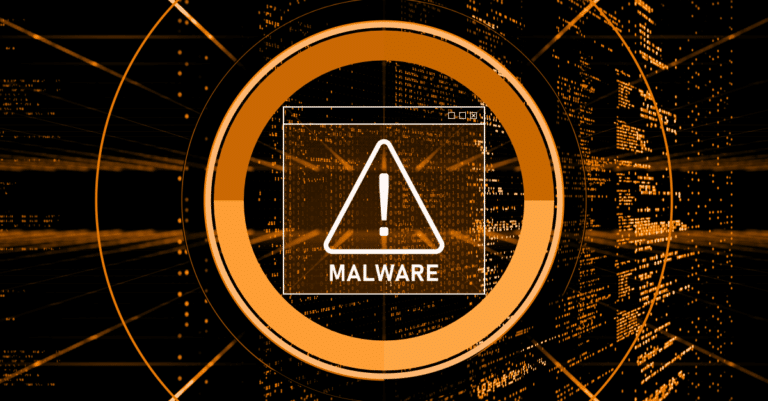Why Small Businesses Can’t Afford to Skip This Crucial Checkup
If you run a small business, you probably wear a dozen hats. You’re juggling sales, operations, payroll — and somewhere in the mix, trying to stay secure online. The thing is, even if cybersecurity isn’t your top priority, it definitely is for the people trying to hack into your systems.
That’s where a cybersecurity audit comes in.
Think of it as a full-body checkup for your business’s digital health — one that uncovers weak spots before cybercriminals find them. And no, it’s not just for large corporations. In fact, small businesses are increasingly the prime targets of cyberattacks — because attackers know they’re often unprepared.
Let’s break down what a cybersecurity audit actually is, what it includes, and why skipping one could cost your business more than you think.
What Is a Cybersecurity Audit?
At its core, a cybersecurity audit is a comprehensive review of your IT systems, policies, and processes. The goal is to identify vulnerabilities, threats, and risky practices that could lead to a data breach or system compromise.
But it’s more than just scanning your network for issues. A proper audit also reviews:
- How your data is stored and protected
- Whether your team is following secure practices
- How prepared you are to detect and respond to threats
- Whether you’re meeting legal or industry compliance standards
It’s a structured, methodical process — not a guessing game. And ideally, it ends with a prioritized action plan to improve your defenses.
Why Small Businesses Need Cybersecurity Audits (More Than They Think)
Many small business owners assume they’re too small to be on a hacker’s radar.
But the data says otherwise.
58% of cyberattack victims are small businesses — and according to IBM, the average data breach costs SMBs over $2.9 million when you account for downtime, legal fees, lost business, and recovery efforts.
The reality is, smaller companies often lack the resources or expertise to proactively defend themselves — making them easier, more profitable targets.
And it’s not just about ransomware. A cybersecurity gap can lead to:
- Stolen customer or employee data
- Downtime that halts operations
- Compliance violations (HIPAA, PCI-DSS, etc.)
- Loss of customer trust and reputation
- Fines or lawsuits
A cybersecurity audit doesn’t just reveal problems — it prevents them. And that prevention can make all the difference between a close call and a crisis.
What Does a Cybersecurity Audit Include?
A typical audit covers six key areas of your digital environment:
1. Network Security
Firewalls, routers, wireless access — your audit will check whether your network is segmented, protected, and monitored for unauthorized access.
2. Software and Applications
Are your programs up-to-date? Are there known vulnerabilities in plugins or third-party tools? The audit looks for weak links and patching gaps.
3. Data Security
How is sensitive data encrypted, stored, and accessed? Who has access to what? Is there a reliable backup in place?
4. Physical Security
It’s not just digital. If someone can walk into your office and access an unprotected workstation or server closet, that’s a problem.
5. Employee Awareness
Do employees know how to spot phishing emails? Are strong passwords required? Do you have clear cybersecurity policies in place?
6. Incident Response
If something goes wrong — do you know what to do? Your audit will assess whether your response plan is up-to-date, effective, and well-communicated.
How Is a Cybersecurity Audit Performed?
Audits can vary based on your industry, business size, and compliance needs, but most follow a process like this:
1. Define the Scope
Which systems, tools, teams, or locations are being evaluated? A clear scope helps avoid overwhelm and keeps the audit focused.
2. Vulnerability Scanning & Pen Testing
Automated tools scan your network and apps for weaknesses. Optional penetration testing simulates a real-world cyberattack to see how well your systems hold up.
3. Policy and Procedure Review
Your cybersecurity policies are examined for completeness and effectiveness. Are they followed? Do they align with frameworks like NIST or CIS?
4. Compliance Check
If your business handles healthcare, credit card data, or operates in a regulated industry, the audit checks your compliance with relevant standards (HIPAA, SOC 2, PCI-DSS, etc.).
5. Report and Remediation Plan
You get a detailed report highlighting risks, gaps, and a prioritized action plan. The best audits don’t just say “you have a problem” — they tell you how to fix it.
Who Performs Cybersecurity Audits?
You have two main options:
Internal Audit
If you have an in-house IT team or work with a managed service provider (MSP), you may be able to run a basic audit internally. It’s a great way to catch issues early and maintain ongoing security hygiene.
Third-Party Audit
For more thorough or unbiased assessments — especially those involving compliance — it’s best to bring in an external firm. A third-party auditor offers fresh eyes, up-to-date threat intelligence, and official documentation that can be useful for insurance or legal purposes.
Pro tip: Even small businesses benefit from annual external audits + internal reviews in between.
What Happens After an Audit?
Here’s the good news: An audit is not a pass/fail test. It’s a roadmap.
You’ll walk away with a clear picture of:
- Where your security stands today
- What’s at risk and how urgent each issue is
- Step-by-step fixes to improve your defenses
From there, your IT provider or MSP (like TechKnowledgey) can help you roll out the necessary improvements — like better password protocols, updated software, or new backup solutions.
Final Thoughts: Cybersecurity Audits Are the Smart Play
You wouldn’t skip a fire inspection if you owned a restaurant. So why run a business without knowing where your digital vulnerabilities lie?
A cybersecurity audit isn’t about doom and gloom. It’s about empowerment. It’s a proactive step that shows your customers, your partners, and your team that you take their safety seriously.
And you don’t need to figure it all out on your own.
Ready to See Where You Stand?
At TechKnowledgey, we help small and mid-sized businesses across Indiana get a clear picture of their cybersecurity posture — and what to do next. We’ll walk you through the audit process, break down the results, and help you implement real-world fixes that make a difference.
Give Us A Call or Fill Out The Website Form For A Free Cybersecurity Assessment.






